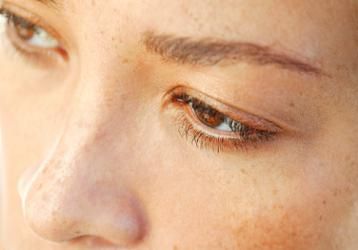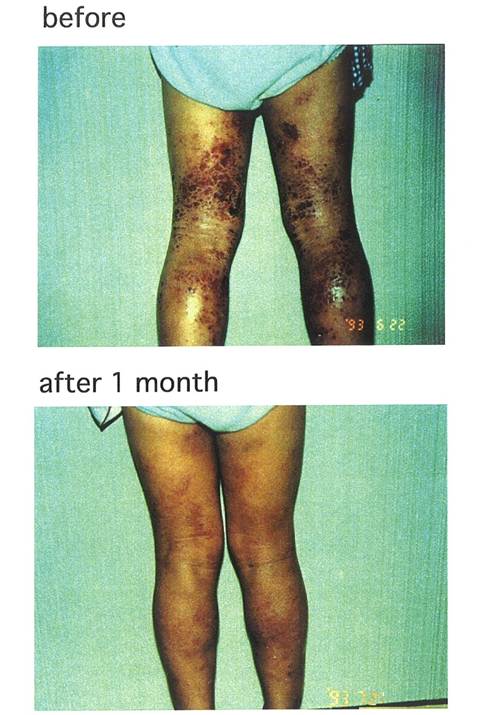|
Generally speaking, GLA helps moisturize the skin and protect it from environmental oxidative damage. It delivers a multitude of beautifying benefits such as:
GLA has also been widely used for various skin problems, for example, skin inflammation, allergy, redness and itchiness. |
 |
Eczema is a chronic, inflammatory skin disorder. (Atopic Dermatitis is a part of Eczema). The main symptoms are dry, itching, scaling or thickened skin, blisters with oozing and crusting. The symptoms can come and go. Although eczema is not contagious, it is very common. There is no cure, however, treatments can reduce symptoms and help prevent outbreaks.
GLA and Skin Health
A recent research has found that patients suffered from skin inflammation, after supplementing with GLA that is derive from fermentation, has shown improvement of skin with reduced trans-epidermal water loss and itching.1 There have been many scientific studies using GLA with excellent benefits in improving skin inflammation, redness and itchiness. 2,3
 |
LEFT:
A patient before and after taking high concentration of GLA for 1 month.
Significant improvement in
|
Due to GLA's excellent anti-inflammatory properties, some healthcare professionals have proposed GLA for other skin problems caused by inflammation…etc.
References
- A. Kawamura et al. Dietary Supplementation of Gamma-Linolenic Acid Improves Skin Parameters in Subjects with Dry Skin and Mild Atopic Dermatitis. J. Oleo Sci. 2011; 60: 597-607
- R. Yasumoto et al.The effectiveness, safety and usefulness of borage oil on atopic dermatitis. Acta Dermatologic. 1996; 92 (2): 249-251
- M. Andreassi et al. Efficacy of γ-Linolenic ACid in the Treatment of Patients with Atopic Dermatitis. Journal of International Medical Research 1997; 25: 266-274.

